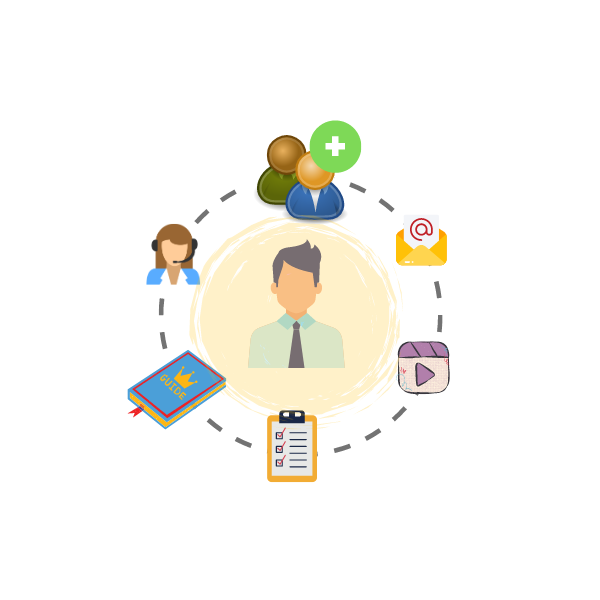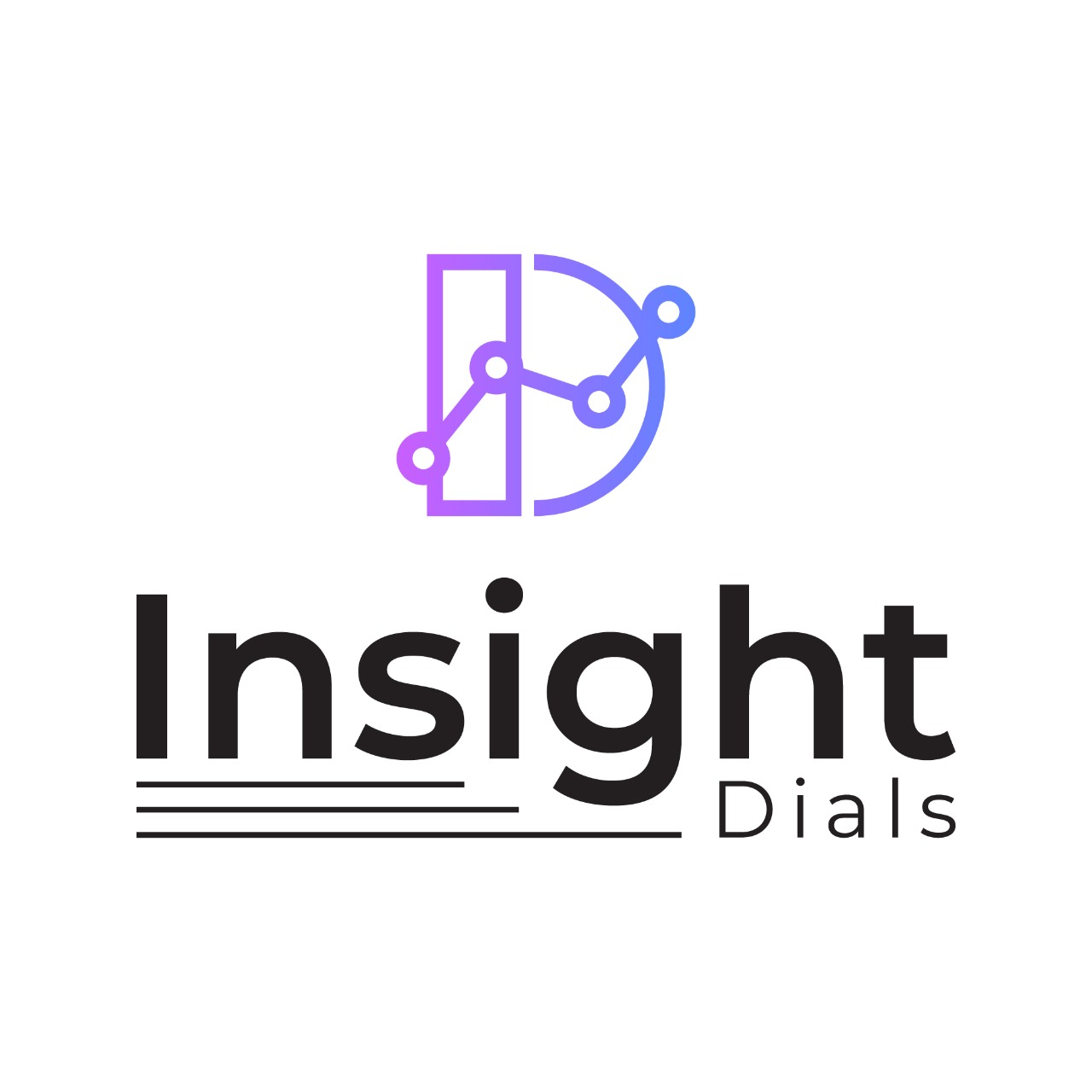
A successful customer onboarding experience is the foundation of lasting user engagement. The goal is simple. Deliver value to your users from day one. Ensuring they return to your product and seamlessly integrate it into their daily workflow. By creating a tailored, efficient onboarding process, you transform new users into long-term, loyal customers who fully embrace the potential of your offering. Read more about the Best Practices for Effective Customer Onboarding in this blog.
Key Steps to Optimize Customer Onboarding
1. Simplify the Onboarding Process
A complex onboarding process can quickly overwhelm new users, resulting in higher drop-off rates and lost opportunities. The goal should be to guide users towards experiencing the value of your product as quickly as possible. By simplifying the process, you help users accomplish essential tasks without friction or frustration.
One of the most common onboarding mistakes is overloading users with too many steps from the outset. Bombarding new customers with multiple tasks can cause confusion and lead them to abandon the process altogether. Instead, break onboarding into manageable, digestible steps that are easy to follow. Each task should have a clear purpose and deliver immediate value, creating a smooth and stress-free experience.
Moreover, be mindful of the information you request during signup. Ask only for essential details to reduce friction. Lengthy forms asking for excessive information can lead to user frustration and increase the likelihood of abandonment. Focus on collecting only the necessary data to streamline user onboarding and reduce complexity.
2. Provide Real-Time Feedback
Real-time feedback is crucial for keeping users engaged and motivated throughout the onboarding process. Features like progress bars, completion messages, or even subtle animations showing progress make users feel accomplished with every step they take.
By giving users clear indicators of where they are in the process and what’s left to complete, you create a sense of forward momentum. This not only makes it easier for users to get started but also encourages them to continue.
3. Iterate and Improve
Onboarding isn’t a “set it and forget it” process. Continuous improvement is key to maintaining a seamless user experience. Regularly analyze onboarding data to pinpoint areas where users may be dropping off or encountering friction. This data-driven approach allows you to optimize your process and ensure users are successfully guided toward your product’s value.
By implementing iterative improvements, such as refining confusing steps or removing unnecessary barriers, you can enhance both engagement and retention over time. Customer feedback is a valuable tool for identifying pain points and should be factored into every onboarding update.
Enhancements to Elevate Your Onboarding Experience
- Keep the Sign-Up Process Short and Simple. Ask for just the essentials during sign-up—name, email address, and password are enough to start.
- Offer Easy Sign-Up via Existing Services. Integrate with platforms like Google, allowing users to sign up with a single click for a smoother experience.
- Send a Welcome Email Immediately. After sign-up, send a welcome email with clear next steps to help users get started with your product.
- Guide Users on Their First Login. Don’t make users guess what to do next. Provide clear guidance with helpful resources like demo videos or a setup wizard.
- Ensure Easy Access to Additional Support. Make it simple for customers to reach support through email, a contact form, or live chat for those who need extra help.
- Only Collect Essential Data During Sign-Up. Allow users to skip non-essential steps during sign-up to avoid creating unnecessary barriers and improve the onboarding flow.
Conclusion
Onboarding is your customer’s first direct interaction with your product or service. So ensuring it is positive and effective is essential. Thus optimizing your onboarding process is crucial for turning new users into loyal customers. By adopting these Best Practices for Effective Customer Onboarding like- keeping sign-up simple, integrating with familiar platforms, and providing immediate guidance and support, you set the stage for a seamless user experience. Offering clear instructions, easy access to help, and a personalized touch ensures users feel valued and empowered from the start.


